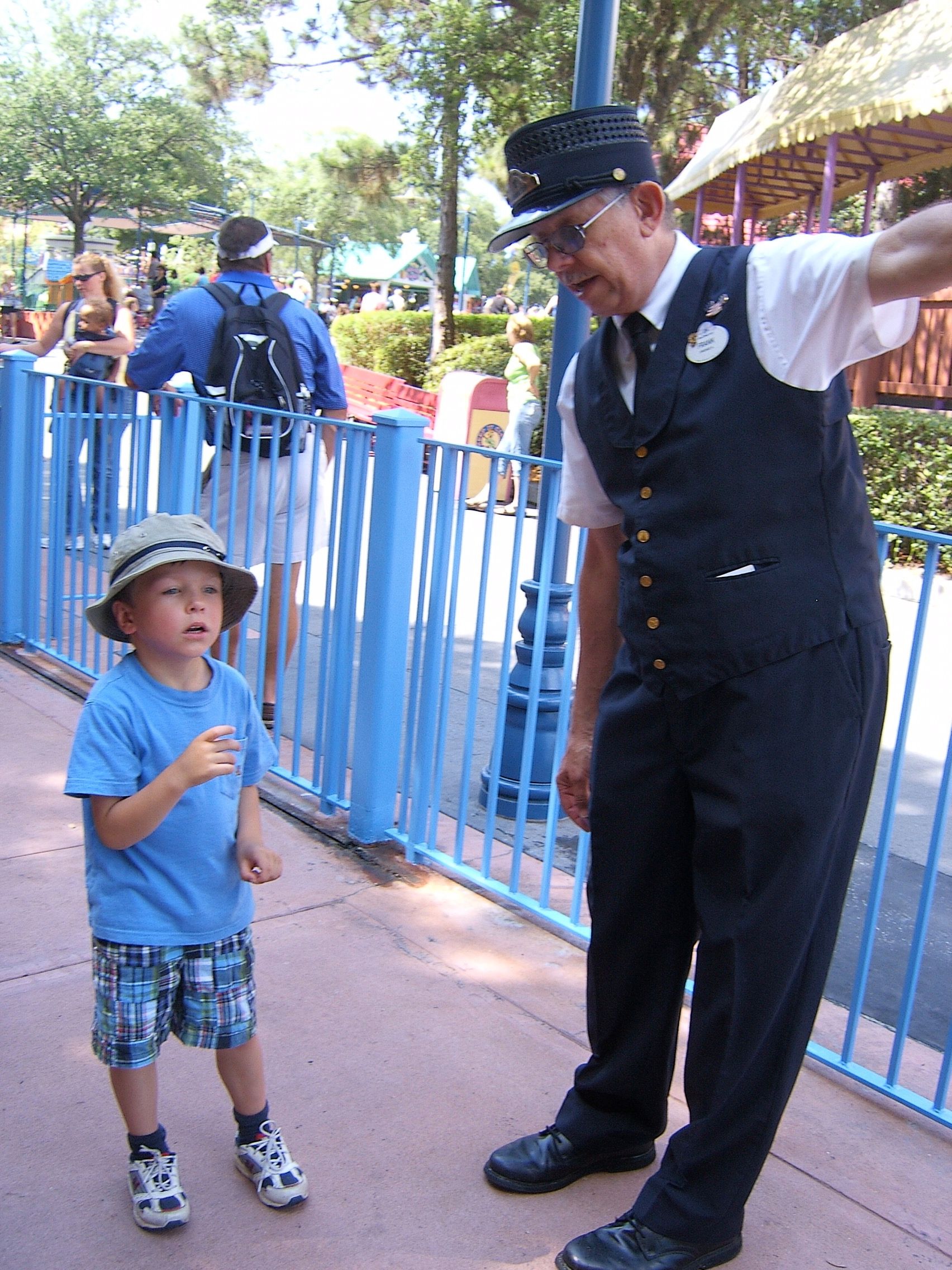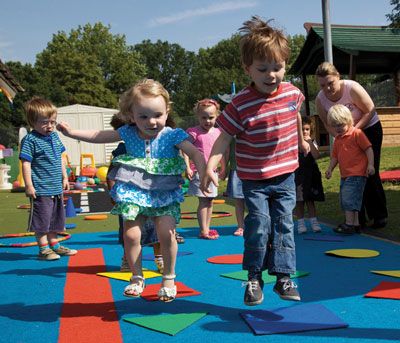What You Need to Know About Summer Learning Loss
 With summer right around the corner, many of us are looking forward to getting outdoors and enjoying the sunshine, relaxing by the pool, or taking a well-deserved vacation. Summer days just seem to be made especially for being easy and care-free!
With summer right around the corner, many of us are looking forward to getting outdoors and enjoying the sunshine, relaxing by the pool, or taking a well-deserved vacation. Summer days just seem to be made especially for being easy and care-free!
But, while you’re enjoying the summer fun, don’t forget that children need to continue learning during those three months, especially young children whose brains are still developing at a rapid pace. Although kids might feel like summer vacation is all too short, three months really is a long time to go without some activities to promote academic and physical development.
In fact, children can lose the equivalent of one month of overall learning during the summer break, often referred to as “learning loss” or "summer slide." It can then take up to six weeks at the beginning of the next school year just to get kids back up to speed. That’s over one-third of the entire year lost with no advancement in learning levels.
Here is some additional reading about learning loss:
What is Summer Learning Loss and What Can We Do About It?
Can “Summer Slide” be Prevented?
Kids Lose Learning Skills Over the Summer Months
But learning loss can be prevented, or at least minimized, with as little as 2-3 hours per week of activities that stimulate children’s minds and keep them active. And it doesn’t have to be dull and boring. There are many activities that kids can enjoy that may even be mistaken for “play!”
If you’re a child care professional in an early learning program, encourage your children’s parents to work with their children over the summer to keep their learning active. Share some ideas they might consider to help guide their development during the summer break.
- Take a trip to the library and find books that kids find interesting or challenge their reading skills a bit. Ask them to talk about their books: Why did they like it (or not like
 it)? What were some of their favorite parts and why? What did they learn from the story?
it)? What were some of their favorite parts and why? What did they learn from the story? - Try using math concepts in daily routines or make up fun games that require math skills. Kids love to count: have them count the steps to the library or to their favorite park—just keep it fun!
- Take a field trip to somewhere fun and let them explore. At the end of the trip, ask them questions about their experience: What did they learn? What parts did they like best and why? You can even build math exercises into this activity too!
- Have kids help with cooking or baking. They can measure ingredients and even count how many items they make and then subtract what they eat, which could be an easy calculation if they made cookies: baked one dozen, ate one dozen! ;) Talk to them about nutritional value and have them help you decide what to make.
Here are some more easy (and often cheap!) ways to keep young minds and bodies active over the summer break:
Summer Ideas for Teachers and Families
Summer Fun Ideas for Kids and Parents
101 Summer Activities for Kids
And don’t forget about physical development as well. Without structured activities, sometimes fitness levels can also slide during the summer. Physical health can enhance academic performance so find new opportunities to encourage physical activity throughout the summer.
Some things kids can do to promote physical activity, beyond just “playing:”
 Try joining a sports team. This is a good opportunity to be active and also learn good social skills and team building exercises. Encourage them to try a new sport or activity as well.
Try joining a sports team. This is a good opportunity to be active and also learn good social skills and team building exercises. Encourage them to try a new sport or activity as well.- Find walking or hiking trails and get some exercise while exploring nature. You can even make it a scavenger hunt and ask them to collect certain items.
- Set up an obstacle course and see how fast they can get through the course. Track their times and show them how they progress throughout the summer. They can even calculate their improvement (sneak in more math learning!).
There are also a plethora of summer camps, community centers, schools, early learning centers, etc., that offer summer programs for children of all ages. Look for ones that have structured activities to keep children active and engaged.
For some children, summer also means they face hunger due to lack of meals provided by their school. Summer Food Service Programs help these kids get nutritious meals and snacks when school is not in session.
Feeding America network summer interventions include summer meal programs like Kids Cafe®, BackPack programs and School Pantry programs. Food banks often use other programs such as Picnic in the Park to fill the gap in services for children during the summer months.
Summer is a great time for families to take a break and just relax, too. The days don’t have to be jam-packed with academic activities. Just spend a few minutes each day either reading to the children or having them read on their own. Commiting to two to three hours a week on activities that enhance academic and physical performance will help keep them on track for the next year. Just don’t forget to make it fun!
To keep kids active and engaged througout the year, try our online child care courses:
The Pathway to Literacy for Young Children